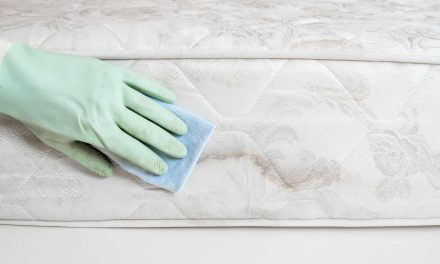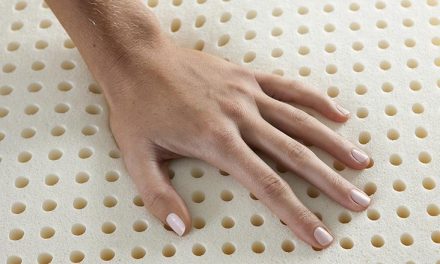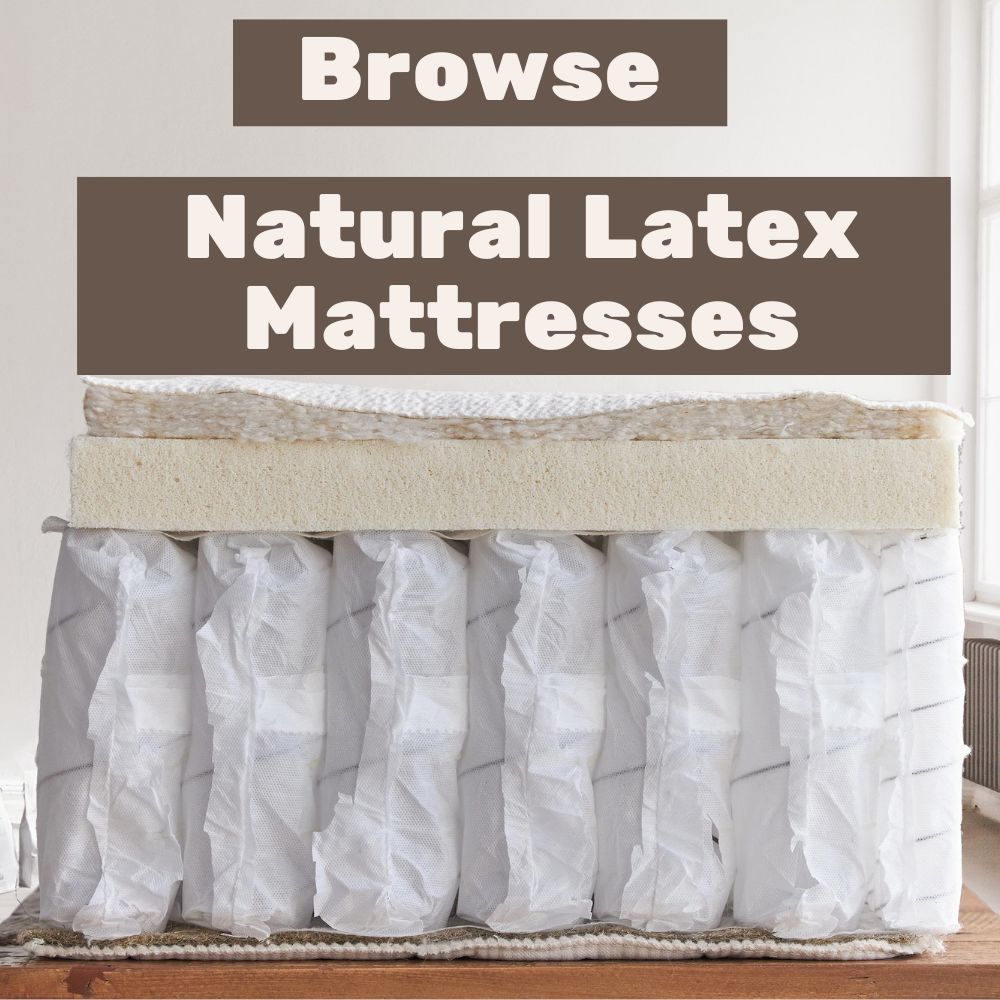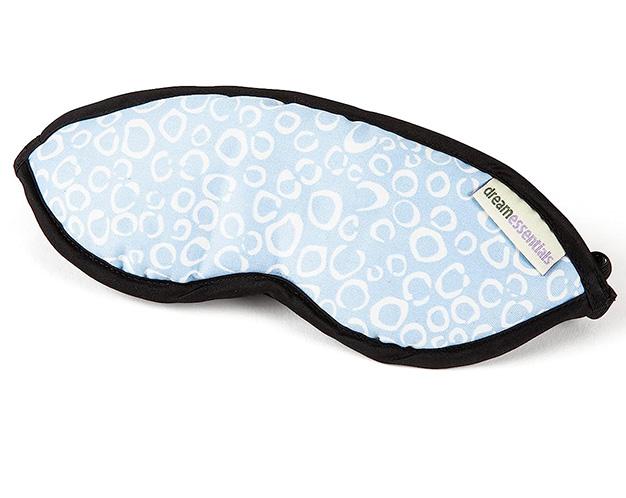Table of Contents
In the ever-evolving world of sleep technology, choosing between a latex mattress vs foam mattress can be overwhelming. Both options offer unique benefits, but which will give you the best night’s sleep?
Latex mattresses are known for their exceptional comfort and support. Made from natural rubber, these mattresses provide a responsive and bouncy feel that cradles your body while keeping your spine aligned. They are also hypoallergenic and dust mite-resistant, making them an excellent choice for allergy sufferers.
Conversely, foam mattresses, particularly memory foam, contour your body shape, relieving pressure points and ensuring proper spinal alignment. They absorb movement, reducing disturbances caused by a restless partner, and are especially effective for individuals with back or joint pain.
Determining which mattress is right depends on your preferences and specific sleep needs. Whether you prioritize comfort, support, or pain relief, understanding the characteristics of latex and foam mattresses will help you decide on a truly restful night’s sleep. So, let’s dive into the details and explore which mattress option fits you best.
Pros and Cons of Latex Mattresses
Latex mattresses have gained popularity in recent years due to their unique features. Here are some pros and cons to consider:
Pros:
- Comfort and Support: Latex mattresses offer exceptional comfort and support. The natural rubber material is elastic and responsive, providing a buoyant feel that conforms to your body shape. This cradling effect helps relieve pressure points, ensuring a comfortable sleep experience.
- Durability: Latex mattresses are known for their durability. They have a long lifespan and can often outlast foam mattresses. A latex mattress is an excellent option if you’re looking for a long-term investment.
- Hypoallergenic and Dust Mite-Resistant: Latex mattresses are naturally hypoallergenic and resistant to dust mites. This makes them ideal for individuals with allergies or asthma, as they help create a clean and healthy sleep environment.
Cons:
- Price: Latex mattresses tend to be more expensive than foam mattresses. The higher price is often attributed to the quality of the materials and manufacturing process.
- Weight: Latex mattresses are generally heavier than foam mattresses, making them more challenging to move or rotate. This can be a consideration if you frequently rearrange your sleeping space.
- Firmness Options: While latex mattresses come in different firmness levels, the options may be limited compared to foam mattresses. If you prefer a specific level of firmness, ensuring that the available options meet your needs is essential.
Pros and Cons of Foam Mattresses
Foam mattresses, particularly memory foam, have recently gained significant popularity. Here are the pros and cons to consider when choosing a foam mattress:
Pros:
- Pressure Relief and Spinal Alignment: Foam mattresses, especially memory foam, relieve pressure points throughout the body. The material contours to your body shape, ensuring proper spinal alignment and reducing discomfort caused by a misaligned spine.
- Motion Isolation: Foam mattresses are known for their ability to absorb movement, making them an excellent choice for couples. If you have a restless partner, a foam mattress can help minimize disturbances during the night.
- Availability of Firmness Options: Foam mattresses come in various firmness options, allowing you to choose the level of support that suits your preferences. Whether you prefer a soft, medium, or firm mattress, there is likely a foam option that will meet your needs.
Cons:
- Heat Retention: One common complaint about foam mattresses is their tendency to retain heat. Memory foam, in particular, can trap body heat, making it uncomfortable for some individuals, especially those who sleep hot.
- Off-Gassing: New foam mattresses may emit a slight odor when first unpacked. This is known as off-gassing and is caused by releasing volatile organic compounds (VOCs) from the foam. While the odor typically dissipates within a few days, it can be a concern for those sensitive to smells.
- Sinking Feeling: Some individuals may find the sinking feeling of foam mattresses uncomfortable. While this sensation can be appealing to others, it’s essential to consider your personal preference for a more buoyant or contouring sleep surface.
Differences in Material Composition of an Organic Latex Mattress vs. Foam
One of the critical factors to consider when choosing between a latex mattress and a foam mattress is the material composition. Let’s take a closer look at the differences between these two options:
Organic Latex Mattress:
An organic latex mattress is made from natural rubber derived from rubber tree sap. The manufacturing process involves processing and curing the latex to create a durable and supportive sleep surface. These mattresses are typically free from harmful chemicals and synthetic materials, making them a popular choice for eco-conscious individuals.
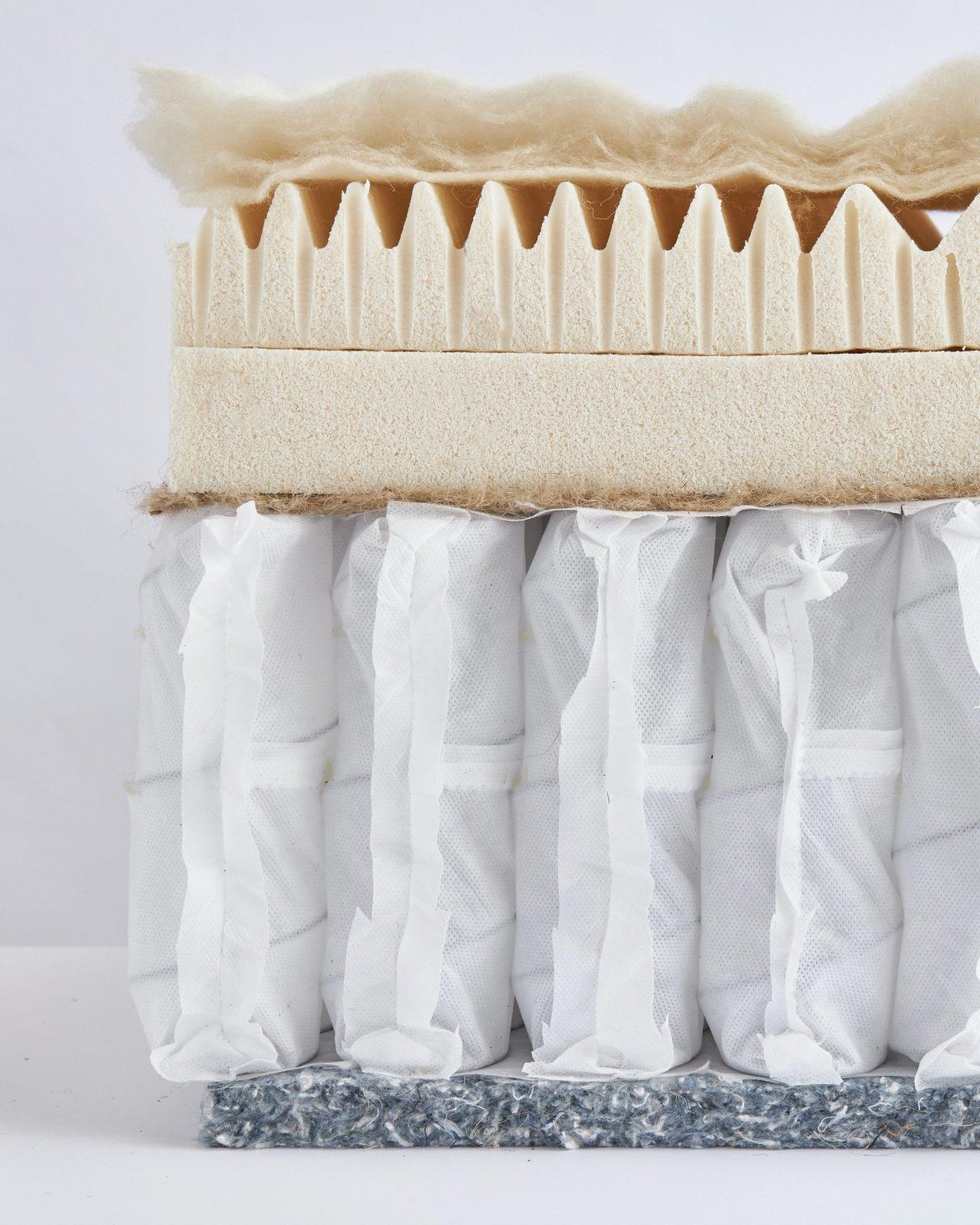
100% cotton cover, plush wool, 4-inch Dunlop latex layer, renewable flax seed fiber pad, 8-inch coil layer, 100% recycled denim base layer.
Foam Mattress:
Foam mattresses are made from polyurethane foam or memory foam. Polyurethane foam is a synthetic material that provides support and comfort, while memory foam is known for its ability to contour to your body shape. The manufacturing process involves creating a foam structure by combining various chemicals and allowing them to expand and solidify.
The key difference between organic latex and foam mattresses is the material composition. Latex is a natural material, while foam is synthetic. This difference can influence comfort, support, durability, and environmental impact.
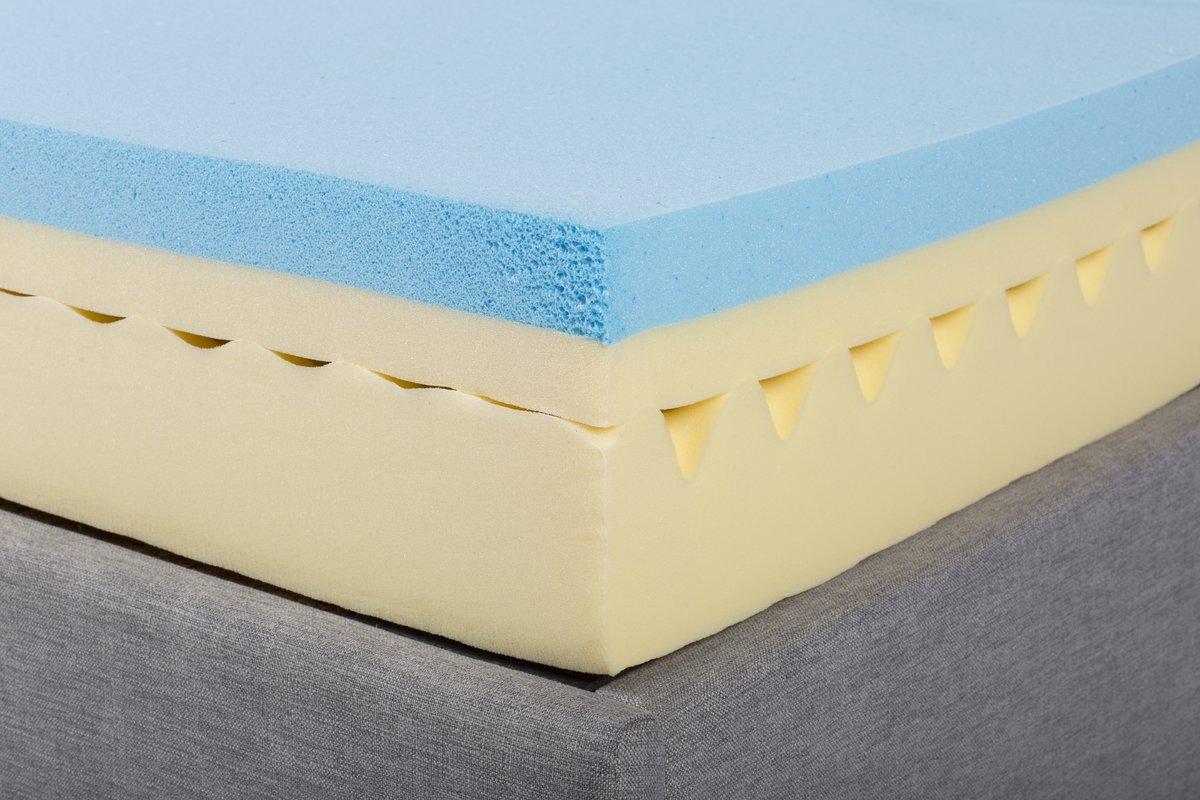
Polyurethane foam mattresses can offgas VOCs into your home. The VOCs enter your bloodstream when you inhale them at night while you sleep.
Temperature Regulation Comparison of Latex Mattress vs. Foam Mattress
One crucial factor when considering a mattress is temperature regulation. A comfortable sleep environment can significantly impact the quality of your rest. Latex mattresses have an advantage in this area due to their breathability. The open-cell structure of latex allows for excellent airflow, preventing heat buildup during the night. This breathability helps dissipate body heat, keeping you cool and comfortable. Latex mattresses often include perforations or ventilation channels that further enhance airflow.
Conversely, foam mattresses, especially traditional memory foam ones, tend to retain heat. The dense foam structure can trap body heat, causing discomfort and potential night sweats. However, mattress manufacturers have significantly advanced foam technology to address this issue. Many foam mattresses now incorporate gel-infused or open-cell foam to enhance breathability and promote better temperature regulation. These innovations have significantly improved the cooling properties of foam mattresses, making them a viable option for those who tend to sleep hot.
When it comes to temperature regulation, both latex and foam mattresses have their strengths. Latex excels in breathability, ensuring an excellent sleep surface, while foam has significantly incorporated cooling technologies. Consider your preferences and sleep tendencies when deciding which mattress will provide the best temperature regulation.
Allergies and Sensitivities Considerations
Choosing the right mattress is crucial for individuals with allergies or sensitivities to ensure a healthy and comfortable sleep environment. Latex mattresses, particularly those made from natural latex, are hypoallergenic and resistant to dust mites. Natural latex is derived from rubber trees and undergoes a manufacturing process that removes potential allergenic proteins. This makes latex mattresses an excellent choice for those with allergies or asthma.
Foam mattresses, on the other hand, may not be as allergy-friendly. Traditional foam mattresses can be a breeding ground for dust mites, triggering allergies and respiratory issues. However, many foam mattress manufacturers now produce hypoallergenic mattresses resistant to dust mites and other common allergens. These mattresses are treated with antimicrobial agents or have a dense structure that prevents the accumulation of allergens.
If you have allergies or sensitivities, it is essential to consider the materials used in the mattress and whether they are hypoallergenic or dust-mite-resistant. Latex mattresses, particularly those made from natural latex, offer inherent advantages. However, foam mattresses can also be a suitable option if they are specifically designed to be hypoallergenic and resistant to allergens.
Conclusion: Choosing the Best Mattress for a Good Night’s Sleep
There is no definitive winner in the battle between latex mattresses and foam mattresses. Both options offer unique benefits that cater to different sleep preferences and needs. Latex mattresses excel in comfort, support, and temperature regulation, making them an excellent choice for those who prioritize breathability and a responsive sleep surface. Foam mattresses, particularly memory foam, excel in contouring, pressure relief, and motion isolation, making them ideal for individuals with back or joint pain and those who share a bed with a restless partner.
Ultimately, deciding between a latex mattress and a foam mattress comes down to personal preferences, sleep needs, and budget. When choosing, consider firmness, temperature regulation, allergies, and sensitivities. Trying out different mattresses and seeking advice from sleep specialists or mattress retailers may also be helpful.
Remember, a good night’s sleep is essential for overall health and well-being. Investing in a high-quality mattress that suits your needs is a wise decision that can positively impact your sleep and overall quality of life. So, take the time to research and choose a mattress that will provide you with the best night’s sleep possible.



